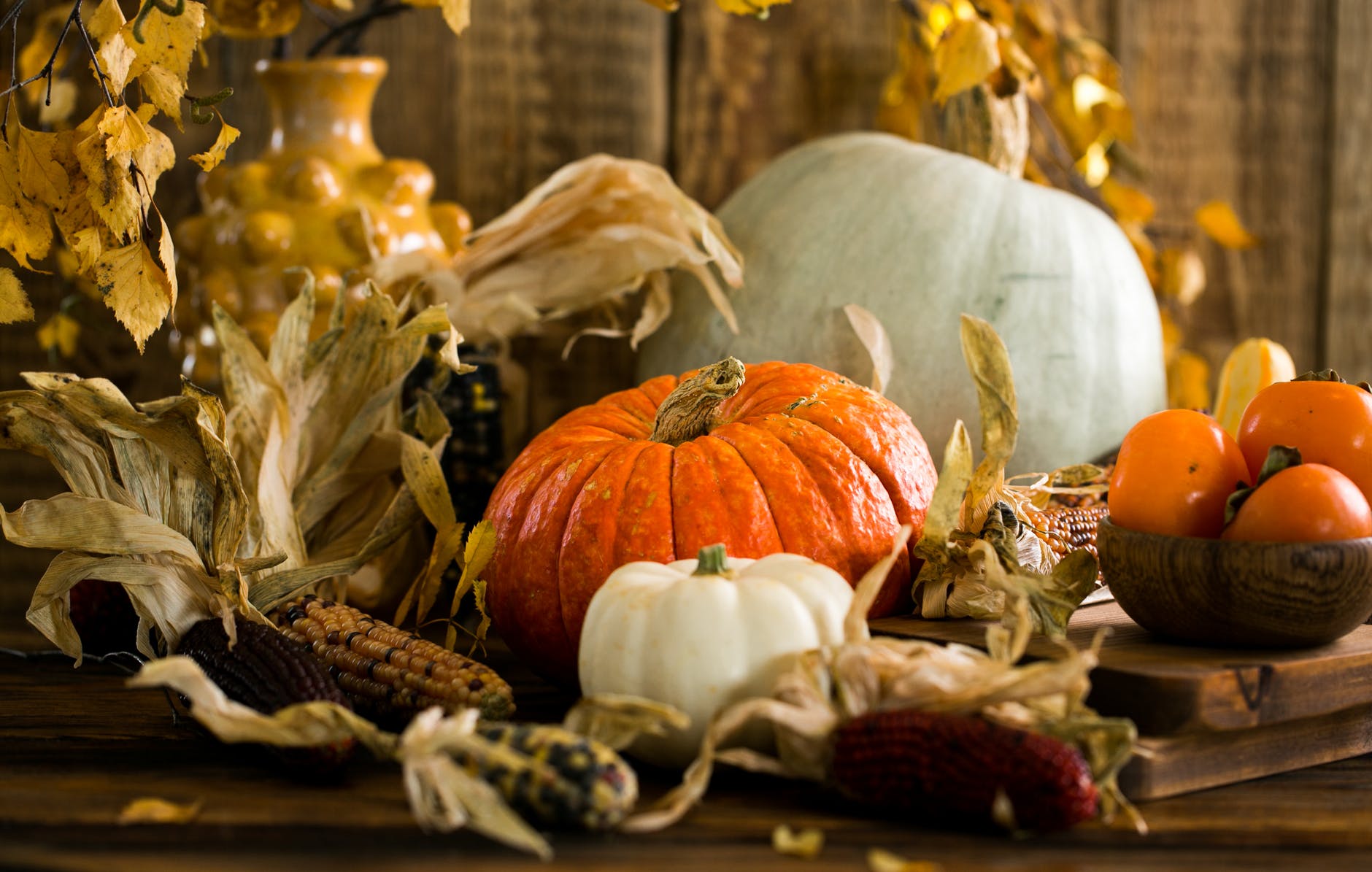Umekuwa mwaka mgumu: COVID-19, kufuli, ghasia za mjini, uchaguzi wenye utata wa kitaifa wa Merika, na hata murder hornets.
So as we approach Thanksgiving, I am focused on making extra time to think about the good things in our lives.
One of them is resilience.
 This idea occurred to me the other day when I was standing in line at the grocery store, here in New Mexico. The guy ahead of me at the checkout was about my age. He made a comment that I’m starting to hear more and more.
This idea occurred to me the other day when I was standing in line at the grocery store, here in New Mexico. The guy ahead of me at the checkout was about my age. He made a comment that I’m starting to hear more and more.
“Better get ready,” alisema. “We’re going to fall back into shortages.”
I don’t know if he’s right or if he’s wrong. I definitely remember the shortages of the spring, when the pandemic interrupted supply chains and it seemed like nobody could find toilet paper. Food remained generally available, though you couldn’t always locate exactly what you wanted or in the right quantities. After a period of flux, ingawa, the situation became more stable.
It just took a little resilience—the ability to succeed in the face of adversity.
I learned about resilience as a boy, growing up on a farm in the Navajo Nation. We raised livestock and grew crops such as corn, boga, and pinto beans. We did the best we could in a harsh environment, where it doesn’t rain much. We relied on melted snowfall to water our fields. The summers are dry and hot. The growing season is short. I spent my days herding sheep and killing weeds with a hoe.
I didn’t know it at the time, but this way of life was all about resilience.
Farmers understand that they have to push through tough times, adjusting and adapting their ways in the face of new problems and always striving to improve. That’s what we did.
If necessity is the mother of invention, then resilience is its father: Because farmers practice resilience, we’ve gotten better at what we do.
I’ve seen it in the course of my life. I went from our small family farm to working with companies that manage massive farms on Navajo land—tens of thousands of acres, using advanced agronomics. I graduated from managing fields to heading the entire operation as a CEO who develops cropping plans, oversees crop protection, and ultimately is responsible for the success or failure of our harvest.
 Our crops included the ones I knew as a boy as well as alfalfa, ngano, and pumpkins. We grew commercial-grade potatoes for grocery stores as well as special ones that met the demanding specifications of Frito Lay, which used them for potato chips.
Our crops included the ones I knew as a boy as well as alfalfa, ngano, and pumpkins. We grew commercial-grade potatoes for grocery stores as well as special ones that met the demanding specifications of Frito Lay, which used them for potato chips.
I’m retired now, but when I look back on this career, what stands out is the resilience of the farmers who grow our food. They have demanding jobs. At the end of the day, they’re often sore and tired. Yet the next day, they’re back at it, full of fresh motivation and new ideas that drive innovation.
 We’ve traded the hoes and other handheld tools of my youth for big tractors that navigate by GPS and work with incredible precision and efficiency. We control pests and weeds like never before. We have outstanding seeds.
We’ve traded the hoes and other handheld tools of my youth for big tractors that navigate by GPS and work with incredible precision and efficiency. We control pests and weeds like never before. We have outstanding seeds.
Nzuri kwa zote, we’re growing more food on less land. This sustainable model is good for the economics of agriculture as well as the environment.
Much of the food we’ll eat this Thanksgiving comes to us from farmers who worked through COVID-19. The turkey and fixings that many of us will enjoy are the products of men and women who did their jobs when the world felt like it was turning upside down.
This was a hard year, but every year has its hardships. Because of our resilience in the past, we live in a world of technological wonder and material abundance. We may suffer challenges and disruptions in the present, but we have the tools and character to overcome them. Our breadbasket never has been so full.
It all goes back to resilience.
This essential quality has a lot of names: toughness, fortitude, grit, na zaidi.
Whatever we call it, I’m glad we have it—and on this Thanksgiving, I’m positively thankful for it.
- Bonyeza hapa kutoa mchango kwa Mtandao wa Mkulima wa Global.
- Kuteua mkulima kuhudhuria Roundtable ya Mkulima Duniani, Bonyeza hapa.
- Learn more about how the GFN works to address shared challenges like food security by clicking here.

